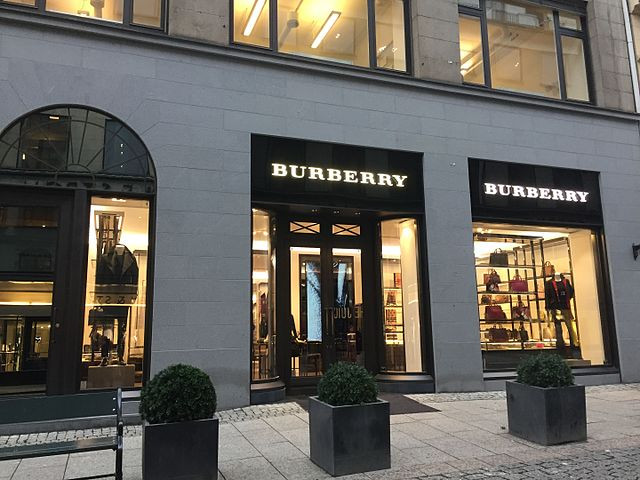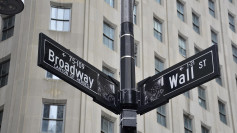Burberry announced Wednesday it will cut approximately 1,700 jobs globally-around 20% of its workforce-as part of a sweeping cost-cutting initiative aimed at reversing a prolonged sales slump and restoring investor confidence in the 169-year-old British luxury brand.
The cuts, which will affect office staff, retail employees, and workers at its Castleford, England trench coat factory, are part of a broader plan to achieve £100 million ($127 million) in total savings by 2027. The latest round adds £60 million in projected savings on top of £40 million announced in November. CEO Joshua Schulman, who took over in July after stints at Coach and Jimmy Choo, said the plan includes streamlining procurement and real estate costs and canceling the Castleford factory's night shift due to "overproduction."
Burberry's shares jumped as much as 15% in London trading following the announcement and an earnings report that showed slightly better-than-expected results for the fiscal year ending March 29. Fourth-quarter comparable store sales dropped 6%, outperforming analyst expectations of a 7% decline. Full-year revenue fell 12% to £2.461 billion ($3.27 billion), marginally beating forecasts.
"While we are operating against a difficult macroeconomic backdrop and are still in the early stages of our turnaround, I am more optimistic than ever that Burberry's best days are ahead," Schulman said in a statement.
Sales declines were reported across all major regions. The Asia-Pacific region posted a 9% drop in the fourth quarter. Sales in the Americas, once a bright spot, fell 4%, reversing earlier gains. The company flagged uncertainty in the U.S. market, a key focus area accounting for 19% of Burberry's revenue.
"As we got into Q4, the U.S. customer was keeping their momentum but ... things got a little choppy as we headed into February," Schulman told reporters.
Chief Financial Officer Kate Ferry said during an earnings call that potential tariffs from the U.S. represented a "very dynamic" risk but stressed that the company is geographically diversified. "Wherever tariffs end up, we'll be able to respond," Ferry said, adding that ongoing cost-cutting measures would help mitigate the impact.
The company reported an adjusted operating profit of £26 million ($34.6 million), beating analyst expectations of £11 million. Burberry narrowly avoided a loss despite persistent headwinds, including sluggish global demand and increased price sensitivity among luxury consumers.
Schulman has pivoted the company's brand strategy toward "Britishness," focusing on timeless staples like its iconic trench coats and scarves. "The customers we want to grow, who have been declining for three years, are now excited about what they see," he told investors, citing a recent fashion show that sparked "double-digit increases" in wholesale orders.
Still, analysts are cautious about the turnaround timeline. "At a time of extreme market gyrations BRBY's finals suggest the brand's turn-around case is in slow-burn mode," Jefferies analysts wrote. Third Bridge's Yanmei Tang noted that while the trench coat is a "business challenge" due to its long lifespan, innovation may be limited in a market increasingly driven by seasonal trends.
Burberry has cycled through four CEOs in the past decade, with Schulman replacing Jonathan Akeroyd in 2023. His predecessor, Marco Gobbetti, aimed to push the brand further upmarket by hiring Riccardo Tisci as chief designer. That strategy was later tweaked under Akeroyd with a focus on higher-margin leather goods and creative direction under Daniel Lee. The latest overhaul now centers on Schulman and Lee aligning on heritage-focused product and marketing, as Burberry attempts to reclaim ground lost to competitors like LVMH and Kering.






